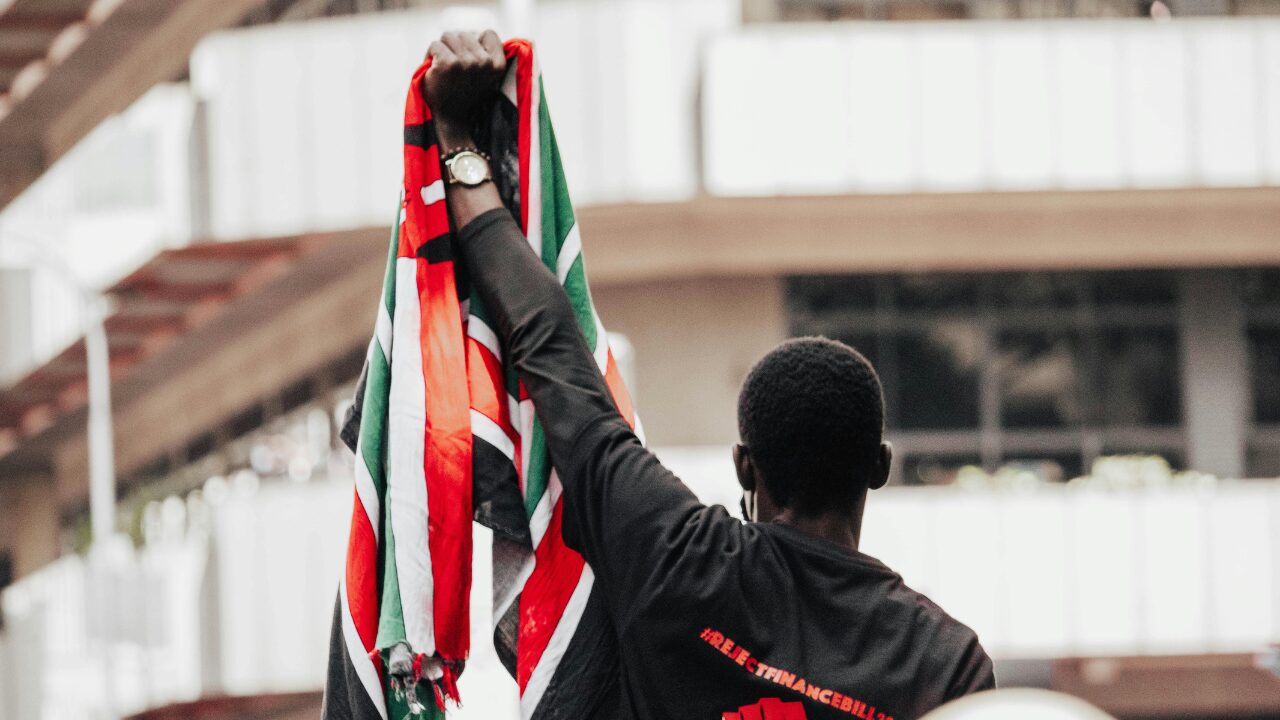Date first published: 01/07/2025
Key sectors: all
Key risks: civil unrest; disruptive unrest; political stability
Risk development
On 25 June at least 12 people were killed and 400 others injured in youth-led, nationwide protests across Kenya, marking the one-year anniversary of demonstrations opposing the controversial 2024 Finance Bill. Protesters took to the streets of urban centres in 20 of 47 counties, including the capital Nairobi. The disruptions were branded as attempts to enforce “regime change” by Interior Minister Kipchumba Murkomen on 26 June and met with heavy-handed responses by law enforcement, firing live rounds and tear gas to disperse activists.
Why it matters
Division between the government and young people persistently flares into violent demonstrations, fanned by police brutality and a clampdown on citizens’ freedoms, as expressions of deeper frustrations increasingly surface. Statistics suggest two in three people under 35 are out of work, disenfranchising the youth who swept President William Ruto into power on the promise of levelling the playing field in their favour. Pointed comments by Murkomen, describing the protests as “terrorism disguised as dissent”, underscore an ongoing blame game between the youth and officials, with no meaningful efforts to repair relations.
Early on in Ruto’s tenure, the prospects of a ‘hustler economy’ had evaporated, with the ‘Ruto Must Go’ slogan popularised soon after. Neglecting concerns of the citizens and alienating the majority youth population will be decisive in Ruto’s 2027 re-election bid. The detachment of Kenya’s largest demographic from the ruling class and the incumbent United Democratic Alliance’s (UDA) desire to cling to power is a flammable combination. However, concerns are more immediate as distrust in state institutions remains a lightning rod for public anger.
Background
25 June 2024 marked the beginning of deadly protests where 60 people were killed and hundreds of others injured as Kenyans rallied against the planned introduction of tax increases. A concoction of a stuttering economy, low employment opportunities, cost of living pressures and state largesse fuelled demonstrations which extended into July and involved the storming of parliament. The law enforcement’s heavy-handed response prodded the previous trauma of police brutality and ignited Kenya’s effervescent activist circles.
Totemic of Ruto’s regime, last year’s protests continue to catalyse further public discontent. In the aftermath, hundreds of government critics were victims of state-linked abductions, many of whom were instrumental in the mid-year demonstrations. This sparked a cycle of protests and state-sponsored repression, with police responses involving tear gas, beatings and arrests. Relations between the state and its critics keep fraying. The 8 June 2025 killing of 31-year-old political blogger Albert Ojwang in police custody erupted in protests during which at least 11 people were injured, including a bystander shot at point-blank range by police officers in Nairobi. Ojwang’s autopsy revealed blunt force trauma and led to three police officers being charged in connection with his death, widening the rift between the people and state-run bodies.
Risk outlook
Deep public distrust of the government amid the UDA’s repression tactics and unwillingness to address the public’s wider concerns will increase the risk of political violence in the 2027 elections. While forecast improvements in the Kenyan economy may ease volatility, implementation of a new IMF programme hinges on an assessment of graft on public finances and global macroeconomic uncertainty could undermine gains. Nonetheless, the fractious relationship between voters and the state is expected to worsen in the absence of major political and economic reforms, driving persistent political instability.

